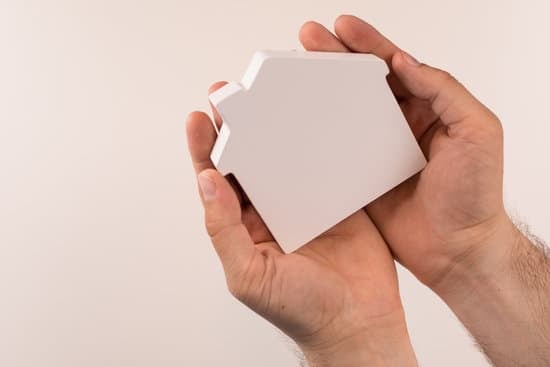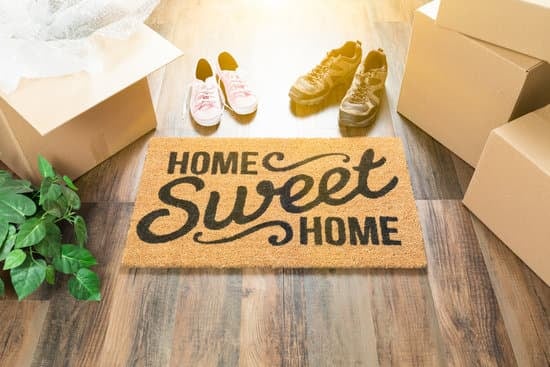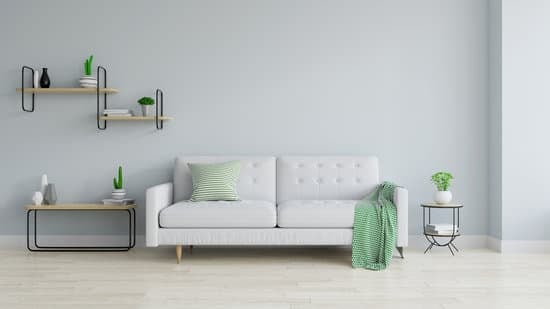The Dangers of Poor Ventilation
Good ventilation is an essential aspect of every home. It allows fresh air to circulate, removes excess humidity and prevents the buildup of indoor pollutants. On the other hand, poor ventilation can pose a significant risk to your health. Without proper ventilation, the indoor air quality can deteriorate quickly, leading to respiratory problems, headaches, fatigue and other health complications.Understanding the Impact of Carbon Monoxide Indoors
Carbon monoxide is a colorless and odorless gas that is produced when fuels such as gas, oil, coal and wood do not burn completely. When inhaled in high concentrations, it can be fatal. In poorly ventilated homes, carbon monoxide can accumulate and reach dangerous levels without anyone noticing. Early signs of carbon monoxide poisoning include headaches, nausea, dizziness, blurred vision and confusion. If you suspect that you have been exposed to carbon monoxide, seek medical attention immediately. Did you know?- Carbon monoxide is responsible for over 400 deaths in the United States every year.
- The symptoms of carbon monoxide poisoning can be similar to the flu, making it challenging to diagnose.
- You can install a carbon monoxide detector in your home to help detect dangerous levels of the gas.
How Radon Exposure Affects Your Health
Radon is a naturally occurring gas that forms when uranium in soil and rock breaks down. It is the leading cause of lung cancer among non-smokers in the United States. Radon can enter homes through cracks in walls and floors, building up in confined spaces without proper ventilation. The Environmental Protection Agency recommends that you test your home for radon levels and take steps to reduce them if necessary. Did you know?- Radon is responsible for over 20,000 deaths in the United States annually.
- The Surgeon General recommends that all homes below the third floor be tested for radon.
- The EPA has set a recommended action level of 4 pCi/L (picocuries per liter) for radon in homes.
Negative Impacts of Inadequate Ventilation on Indoor Air Quality
Inadequate ventilation can also lead to poor indoor air quality, as it allows pollutants such as mold, dust and allergens to accumulate. Poor indoor air quality can trigger a range of health problems such as allergies, asthma and other respiratory illnesses. Did you know?- The average person spends 90% of their time indoors, with poor indoor air quality being a major risk factor to their health.
- Airborne allergens can be up to 100 times higher indoors than outdoors.
- The World Health Organization has listed indoor air pollution as one of the top ten risks to public health.
Risks to Look Out For: Sneaky Signs of Poor Ventilation
One of the most noticeable signs of poor ventilation is stuffiness and stale air. Other signs to look out for include mold growth, musty odors, excessive humidity and condensation on windows. If you notice any of these signs, it’s essential to take steps to improve ventilation in your home. Did you know?- The recommended humidity level in homes is between 30% and 50%.
- Mold can grow on practically any surface, as long as there is enough moisture present.
- Excess humidity can damage furniture, electronics and other items in your home.
Steps to Take for Proper Ventilation and Indoor Air Quality
Improving ventilation in your home involves ensuring that you have adequate ventilation systems in place and regularly opening windows and doors to let fresh air circulate. Other steps you can take include:- Using exhaust fans in kitchens and bathrooms to remove excess moisture and cooking odors.
- Regularly cleaning and maintaining your HVAC system to ensure it is working efficiently.
- Replacing air filters in your HVAC system regularly to prevent pollutants from circulating in your home.
- Avoiding the use of chemical-based cleaning products that can contribute to poor indoor air quality.


















